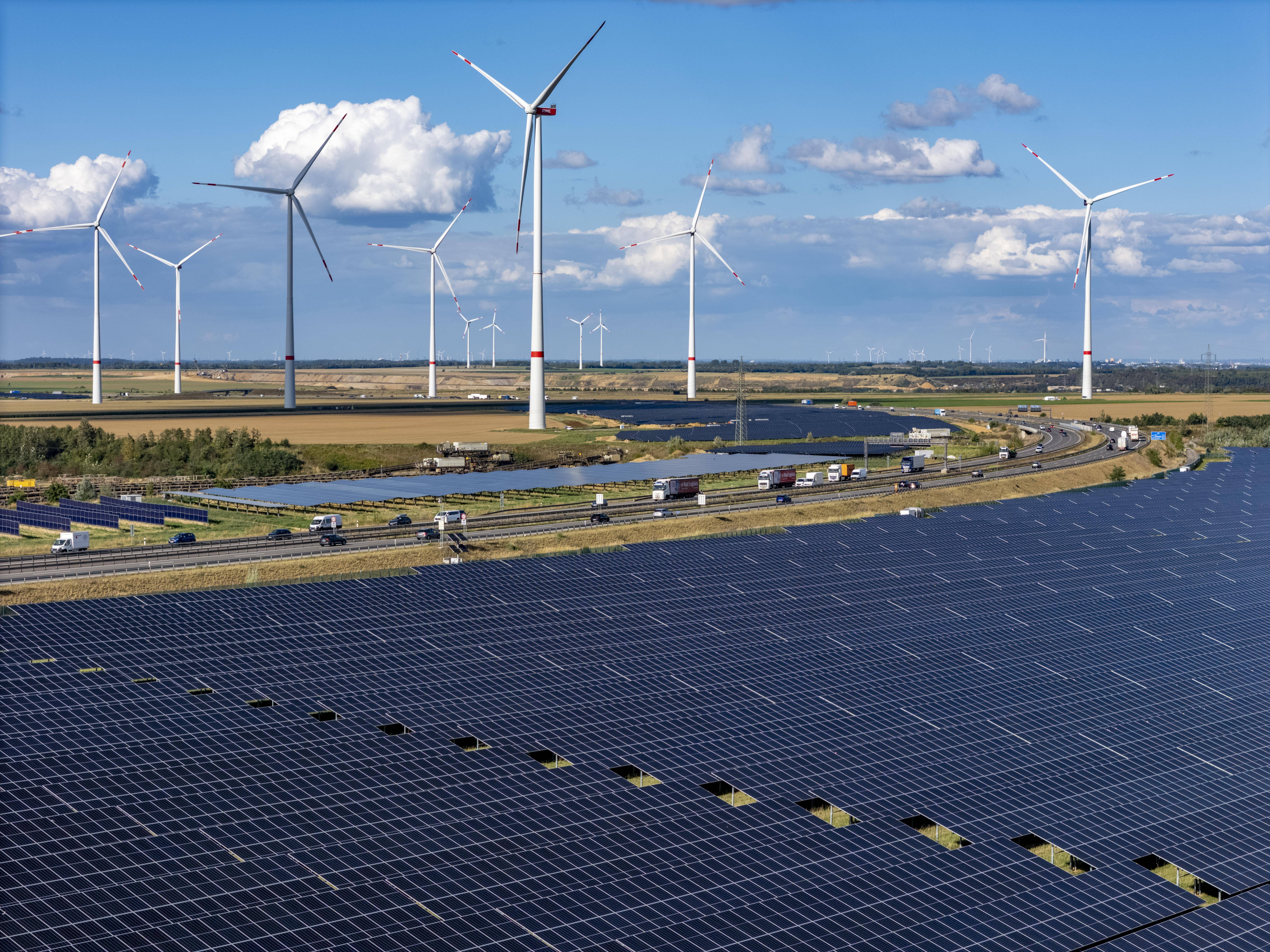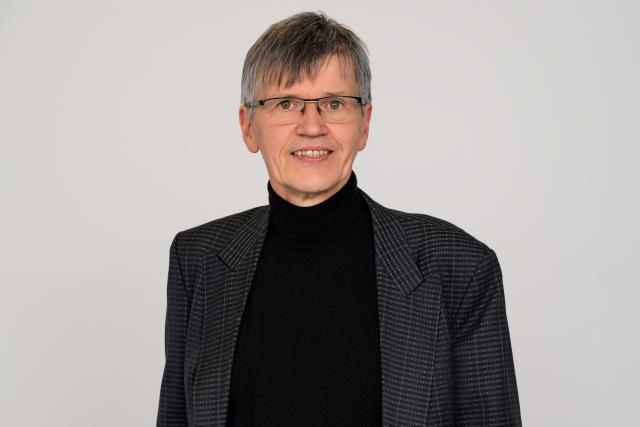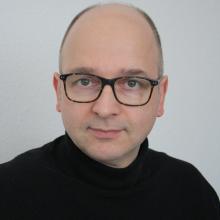

Sustainable and profitable: The Math behind green investments
Investing with a clear conscience – sustainable investments make it possible. For example, there are traditional funds that combine different stocks from the environmental protection or climate-friendly technology sectors. They can often be identified by additions such as “sustainable,” “fair,” or “responsible.” Sometimes the fund name itself indicates that certain non-sustainable areas – such as armaments or oil – have been excluded.
But what does a “green” investment actually need to have in order to make a real difference, to have what is known as an impact? Investors need to look very closely, says financial mathematician Ralf Korn. He does not consider investments in existing forests to be sustainable investments, for example. “The forest was already there. So it's just a lot of money changing hands. That doesn't benefit the environment or the climate.” The situation is completely different with new forest plantations, which are additional greenhouse gas sinks.
"For me, good sustainable investments are always genuine structural investments that bring about change. There are a whole range of these: investments in wind or solar farms, in hydrogen technology, energy storage, energy-efficient building renovation. Or investments in improving water and air quality or promoting the circular economy." Purchasing shares in companies that are involved in such structural investments is also sustainable. Another important factor for Korn is the expected return. Simply being sustainable is not enough. The shares should also have good chances of success – otherwise no one will invest their money.
The performance of shares is unpredictable
Korn is very familiar with investments and the hidden mechanisms that determine their success or failure. He founded the Department of Financial Mathematics at the Fraunhofer Institute for Industrial Mathematics ITWM in Kaiserslautern, which is closely linked to the Department of Mathematics at RPTU University Kaiserslautern-Landau. Financial mathematics is the application of mathematics to financial matters – such as investments.
In his research, Korn aims to make investment portfolios more sustainable. To this end, he develops mathematical models that help fund providers find the optimal strategy. They can use these models to manage their funds in such a way as to achieve the best possible investment results while ensuring that the funds are as sustainable as possible.
The mathematical problem Korn has to tackle is a stochastic control problem. The term “stochastic” combines the fields of probability theory and statistics and is also known as the “art of guessing.” It deals with future developments that depend on many uncertainties and coincidences, such as the performance of stock prices over the next three months or three years. “Prices, investor interest in a particular type of investment, ratings – everything is subject to random fluctuations over time,” explains Korn. He tries to tame chance as far as possible with his models. "Of course, there are limits. I know the factors that influence stock prices and can describe them mathematically. But I can't predict stock performance with certainty."
Assumptions make the work easier
Korn therefore approaches the reality of investing, which is fraught with uncertainty, using mathematical models. These models represent the real stock market system in a formula with many variables. The formulas are equipped with simplifying assumptions. One of these is that trading is possible at any time and without transaction costs. Another assumption is that there are certain typical patterns in stock prices. They do not follow a straight line, but are jagged. These price patterns are familiar from the DAX, Dow Jones, and Nasdaq: a steady but jagged line.
A third assumption is that any denomination of shares is permitted. Denomination means that the securities are broken down into smaller units, so to speak. “These assumptions allow us mathematicians to simplify the complicated world somewhat, because we need certain prerequisites in order to be able to set up our models in the first place.” Such a model also contains constraints. The most important one is that the fund must be sustainable! This is a mandatory requirement that cannot be circumvented and leaves no room for maneuver.
In recent years, Korn and his colleague Alja Nurkanovic have developed several models that contain further limiting constraints in addition to the “key requirement” of sustainability. In the first model, this was that the portfolio, i.e., all the stocks in a fund, must meet the demand for sustainability. It should contain at least as many sustainable stocks as investors want. However, there is also a kind of safeguard for providers: they only have to sell as much sustainability as they own. “This first model represented portfolio optimization with minimum requirements,” says Korn.
The second model focused on how the state could intervene in the market in such a way that investors would automatically – almost without noticing – invest in sustainable funds. “This worked with a simple trick. We created an artificial market and manipulated the average rates of return of the individual investments. We lowered them here by taxing dividends and increased them there by adding bonuses to dividends.”
The third model
These first two studies provided the building blocks that were incorporated into a third model. This is the most comprehensive model to date, reaching far into the future and taking into account the future development of the Earth's climate. The assumption is that at some point, the government will decide that more investment in sustainable financial assets is needed due to advancing global warming. Investments in technologies that help reduce global greenhouse gas emissions and thus at least slow down the warming process.
To promote these investments, the government will put pressure on the stock market. For example, once global warming reaches 1.5 degrees, a previously established regulation will come into force. This will require fund companies to have a certain percentage of sustainable investments in their portfolios, for example, at least 80 percent. “This decision hangs over the heads off und providers like a sword of Damocles,” explains Korn. They don‘t know when the 1.5 degree mark will be reached, whether in 2032 or 2038. But they know that it will happen at some point and what they will face then.
The climate change formula
The third model helps in preparing for Day X. It is the model that incorporates future climate policy decisions as assumptions. Korn wants to put his research into practice, and he already has the ideal target group in mind: German life insurers. They offer so-called unit-linked life insurance policies, which are a combination of fund investments and life insurance. Their investment portfolio in 2024 amounted to over one trillion euros, making them major players. In addition, they have been investing heavily for years in wind and solar farms, buildings, and companies with sustainable aspects. “They do this because the savings phase of a life insurance policy is long, which means they have to invest capital over a very long period of time,” explains Korn.
But what exactly does Korn give life insurers to optimize their investment portfolios? It is a formula that provides recommendations for action. It shows which portions of the total assets should be invested in which stocks depending on time and climate development – mathematically expressed as “t” and “K(t)”. The recommendation resulting from the application of the formula might be: Invest 25 percent of your total assets in stock B! How many shares the life insurer then buys depends on the share price and its current assets. For example, the model might spit out the number 10,000.3769, and the life insurer would buy 10,000 shares.
The formula incorporates a mechanism that gradually steers investments in the right direction, in this case toward sustainability. There is a reason why this happens gradually. It would be best for life insurers to ignore all sustainability aspects for a long time and only ensure the required sustainability of their portfolios at the last minute, shortly before the regulation comes into force, by means of transactions. However, large fund providers cannot afford to do this because they would have to pay huge liquidity premiums and accept liquidity discounts for the necessary last-minute purchases of sustainable investments or sales of non-sustainable investments, explains Korn. His formula therefore ensures that the portfolio gradually adapts to climate change.
The investment strategy is continuously recalculated. This allows the insurer to make small adjustments on an ongoing basis – and automatically have the right portfolio at exactly the right time when the climate-linked regulation comes into force. “If politicians do eventually threaten the stock market with climate regulations, my models could serve as a guide for insurers on how to implement the requirements in a cost-effective manner.”
Making Germany’s Economy More Resilient
So the formula is ready. Korn also has the necessary contacts in the industry. Among other things, he spent 20 years on the board of the German Society for Insurance and Financial Mathematics. Now all life insurers have to do is seize the opportunity and apply the formula to make their portfolios climate-resilient.
Until then, Korn will continue his optimization work. He is expanding the mathematical models for optimized sustainable investment and adding even more details. The latest model includes an additional condition that prohibits short selling in non-sustainable investments, thereby circumventing the sustainability of the entire investment. Short selling means that a share is sold today but not delivered until a later date. It therefore only appears later in the buyer's portfolio. Although the buyer has already purchased it, they do not yet receive a negative rating for the non-sustainable investment.
Korn is convinced that sustainable investments are becoming better and more adaptable to climate change, which is incredibly important for maintaining prosperity. “I believe it is almost the only chance for Germany as a business location to focus on green technology. With our wind and solar farms, we have the best facilities in our own country. If we manage them intelligently and robustly, we can once again become a global leader. However, this also requires smart, sustainable investments. These must perform well, otherwise they will quickly fall out of favor.” The population must also get involved and invest sustainably.


Diese Themen könnten dich auch interessieren:



